I think I may have found the secret for bringing the sun back to our winter, and it's making marmalade. I'm not talking about the sunny feel of the citrus or the sunny completion the finished preserves take on, I'm talking about the actual sun. It's as if making a batch of this stuff actually worked as some variation on a rain dance, coaxing the sun from wherever it has mysteriously disappeared to the past several weeks. I made this yesterday morning, and I've seen more sun streaming through my windows in the past 24 hours than in the past month.
I've been patiently waiting to see organic blood oranges for about a month, and I just found them in my co-op last week. I like to make at least one bright, citrussy thing in the winter, because it seems like there is all this time to fill - and there is no disputing that winter citrus is king of the fruit world. Every November, like clockwork, I begin trying to squelch the absolute need I get for a good grapefruit, and by January they are hitting their stride. Oranges seem to be reliably good from December on and I eat at least one a day, usually in my morning smoothie with plenty of ginger and sometimes some blueberry. Cara Cara oranges pop up around January with their cross-flavor of sweet and tart; they're meaty and deep colored, but not as red as the blood orange. Blood oranges appear last in my northern neck of the woods, and as Linda Ziedrich aptly said, they have kind of a berrylike essence. I like that they aren't so sweet.
And I like that I had my eye on a mixed citrus marmalade recipe in Diana Henry's new book Salt Sugar Smoke which focused on all my favorite types of citrus. Her recipe called for Seville oranges, which I can't say I've ever seen here in Wisconsin. I used navel oranges instead - and changed up her recipe a little in other ways too. She used a method for making marmalade that I'd not used before: letting the peel soak in the citrus juices and water overnight before cooking down. I like starting things the day before, so this was a favorable way to do things. I'm not sure if it had much flavor contribution, but this turned out so well I'll likely do it the same way in the future.
She calls it "Nick's Good Morning Breakfast Marmalade", so named for Nick Selby who is a master jam maker and the English grocery and kitchen Melrose and Morgan, who gave her the recipe. One taste makes me want to hop right over the pond to visit them in person, I'll tell you that. My version strays slightly from the British originals, but it is still lovely. Silky, barely set, and perfectly sunny in the deepest part of this never-ending winter.
Begin the day before, since the peel needs to soak for 8-12 hours. I always weigh sugar in metric weights, so I can mix types and not worry about keeping track. This one calls for 10 cups of sugar, which is ridiculous for my continuing quest at sugar consumption reduction, but it's absolutely worth it. Use a raw sugar to feel a tinge less guilt. Sharpen your chef knife to get the thinnest shreds of peel possible, and remember that organic citrus is best since you are eating the peels.
Mixed Citrus Marmalade (adapted from Diana Henry & Nick Selby)
Mixed Citrus Marmalade (adapted from Diana Henry & Nick Selby)
yields about 10 half pints
Next, juice all the citrus except the lemons into a large measuring cup. Save the pulp and any seeds and tie them up into a square of cheesecloth. After you have all the citrus juiced, add enough water to equal 10 cups and pour over the peel in the preserving pot. Add the cheesecloth bag of pulp and seeds to the pot, stir well, and put a lid on it. Let it stand 8-16 hours before continuing.
When ready to continue, prepare a hot water bath canner (and jars) and juice lemons to equal 2/3 c. lemon juice. Measure out the sugar and have it standing by in a bowl. Bring the preserving pot to a boil over medium high heat, then reduce heat and simmer, letting the peel cook until it is tender and the liquid has reduced by half (to 5 cups). The peel will likely be soft sooner than the liquid reduces, so keep an eye on it and remove the peel with a slotted spoon or spider when it's done. The whole process should take about 90 minutes.
After the liquid is reduced and the peel is soft, remove the cheesecloth bag and discard. Stir in the lemon juice and sugar and stir to completely dissolve. Bring back up to a simmer over medium high heat and skim any foam that forms. After skimming is complete, add back the peels. Stir frequently, and simmer until the marmalade gets to the set or gel stage (220 degrees, I let it go to about 223 degrees, it's not a heavily set preserve however.) Once it hits the gel stage, remove from the heat and let stand for about 10 minutes as you ready your sterilized jars.
Fill jars leaving 1/4 inch headspace and process in hot water bath canner for 10 minutes. Remove to a towel lined counter and cool completely.
- 1 pink grapefruit
- 4 blood oranges
- 3 navel oranges
- 4-5 lemons total, divided (to equal 2/3 c. lemon juice and some zest)
- 10 c. granulated or raw sugar (1916 g.)
Next, juice all the citrus except the lemons into a large measuring cup. Save the pulp and any seeds and tie them up into a square of cheesecloth. After you have all the citrus juiced, add enough water to equal 10 cups and pour over the peel in the preserving pot. Add the cheesecloth bag of pulp and seeds to the pot, stir well, and put a lid on it. Let it stand 8-16 hours before continuing.
When ready to continue, prepare a hot water bath canner (and jars) and juice lemons to equal 2/3 c. lemon juice. Measure out the sugar and have it standing by in a bowl. Bring the preserving pot to a boil over medium high heat, then reduce heat and simmer, letting the peel cook until it is tender and the liquid has reduced by half (to 5 cups). The peel will likely be soft sooner than the liquid reduces, so keep an eye on it and remove the peel with a slotted spoon or spider when it's done. The whole process should take about 90 minutes.
After the liquid is reduced and the peel is soft, remove the cheesecloth bag and discard. Stir in the lemon juice and sugar and stir to completely dissolve. Bring back up to a simmer over medium high heat and skim any foam that forms. After skimming is complete, add back the peels. Stir frequently, and simmer until the marmalade gets to the set or gel stage (220 degrees, I let it go to about 223 degrees, it's not a heavily set preserve however.) Once it hits the gel stage, remove from the heat and let stand for about 10 minutes as you ready your sterilized jars.
Fill jars leaving 1/4 inch headspace and process in hot water bath canner for 10 minutes. Remove to a towel lined counter and cool completely.
I left one jar uncanned to enjoy now, but the yield was right on. I always have trouble distributing the peels evenly among the jars, but I suppose that's OK. The peel of the grapefruit in particular adds a lingering bitterness that some might not love as much as I do. When I consider giving away a few jars, I'll keep that in mind and hold back the ones for myself with the most peels! Diana Henry said she reserves this marmalade specifically for morning toast, but I think the color and texture would be perfect to top a plain cheesecake or small tart. I also think the thick syrup would be good mixed with seltzer water. But I'll probably take her lead and hoard the jars for morning toast or other morning confections. It's making me want to make a fresh batch of croissants or maybe some sourdough biscuits...

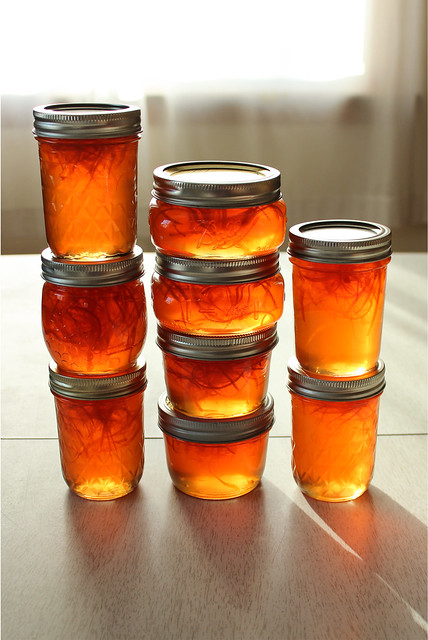
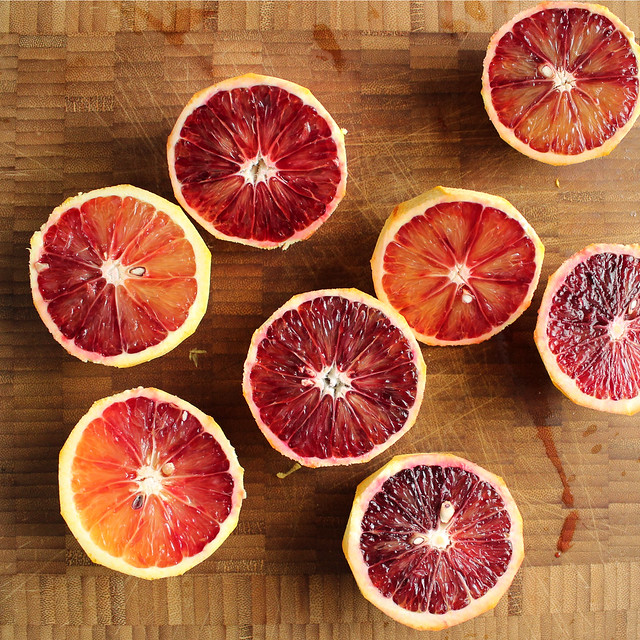
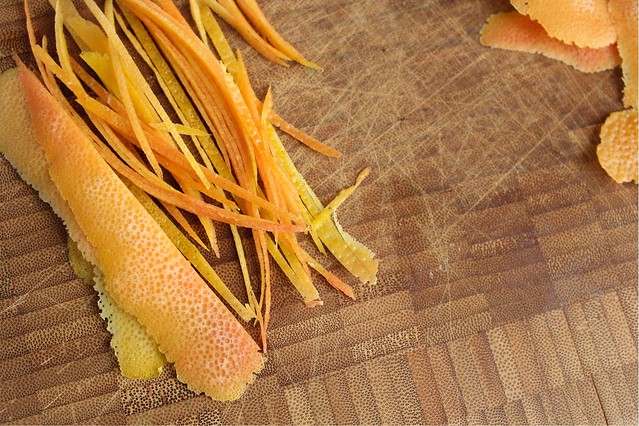
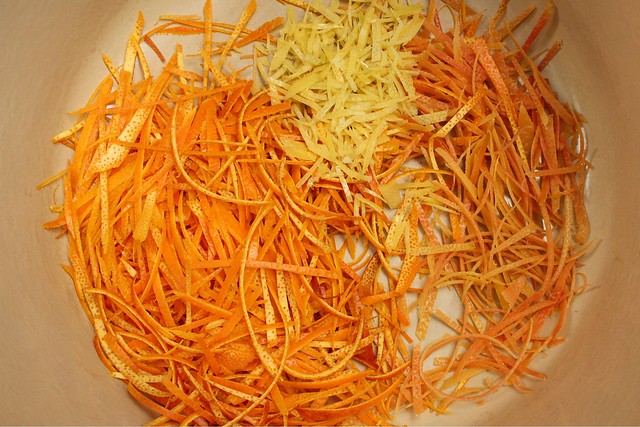
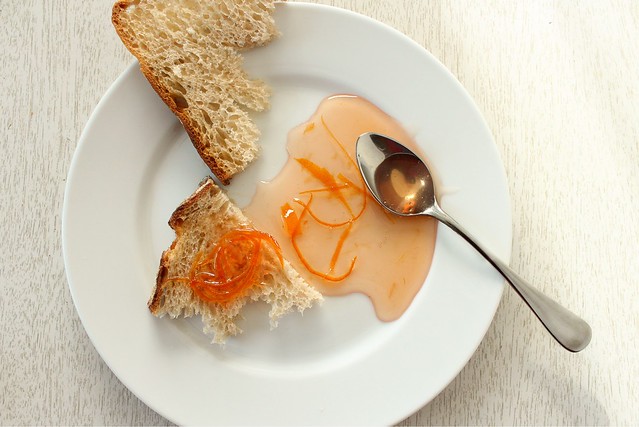





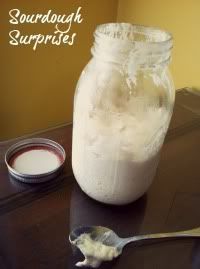





The sunlight through the jars is beautiful...what an awesome color. I've made a few marmalade this year with Meyer lemons but I would love to have some with blood orange. The bits of peel are the best part, I'd be holding on to the jars with the most peel as well.
ReplyDeleteThis is the first time I think I have commented on your blog, but I just wanted you to know that I have tried many of your recipes and they all came out great. Your sourdough crackers and English muffins can always be found in our house :) I definitely want to try this marmalade as well. I never used to like marmalade but I guess my "older" self has developed a taste for it. Hope that sun continues to shine by you, we are enjoying some for the moment as well.
Thank you Sandra! I appreciate that!
DeleteThat is some seriously beautiful marmalade - it really does look like sunshine in a jar, and the way you describe it makes me want to make some ASAP.
ReplyDeleteThis sounds AMAZING, I'm dying to slather some of this on my toast!
ReplyDeleteI can't stand grapefruit...can I leave it out and use more oranges and/or lemons instead?
ReplyDeleteYou can substitute more of whatever citrus you'd like, I'd say 2 good sized oranges for the 1 grapefruit. (I forgot to mention in the post the total weight on my fruit was 3 lbs.)
DeleteJust cooked up 1 lb. each of Meyer lemons, Kumquats, 1 blood orange, 1 small red chili pepper, an ounce of ginger, and a couple of big Kaffir Lime leaves (whole!) into the best marmalade I've made. Peeling & slivering & dicing prep took a couple of hours, definitely raisin-y fingertips. I included the pulp with the slivered peel, the cut-off ends & seeds in a cheesecloth bag. Cooked it for an hour the 1st day, let sit, covered, overnight, & finished cooking the 2nd day, putting in a cup of sugar for each cup of cooked peel & pulp, taking out the bag of ends & seeds.
ReplyDeleteRemoved the whole Kaffir Lime leaves before jarring. It took a couple of days to set, but it's just right. Gorgeous color.
It's great on yogurt, toast, cornbread, scones; heck, a spoon!
That sounds goooood!
DeleteGotta try grapefruit, cooking the peel & pulp separately as you do, makes sense, wondered how to work with it...
Deletenow I wonder which citrus have the most tasty peel for marmalade.
That's easy: all of them!
Delete